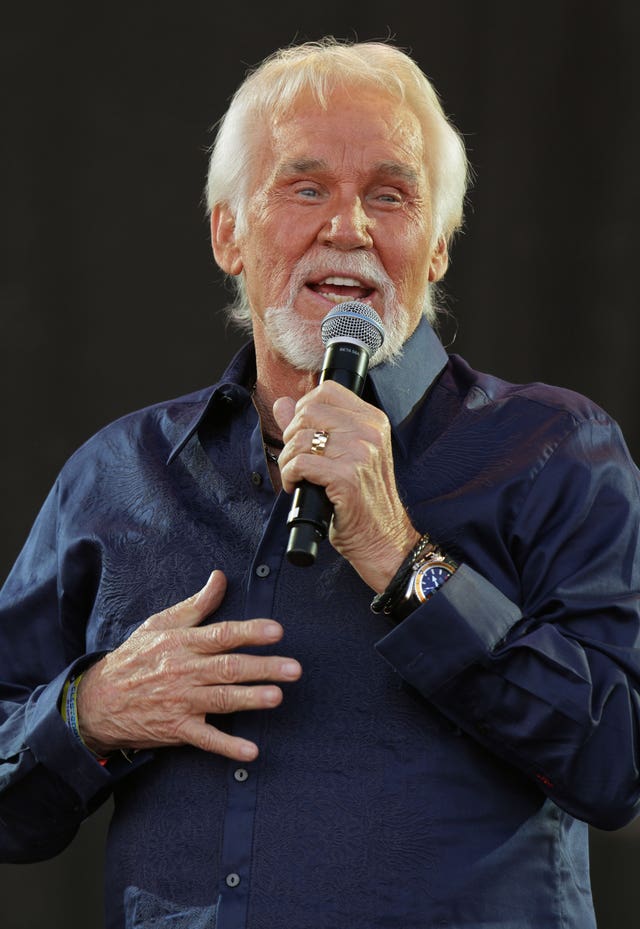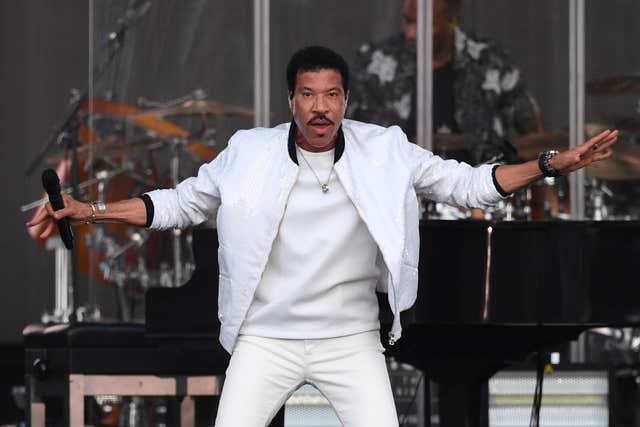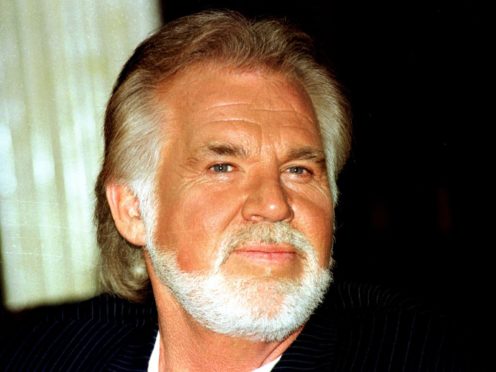US singer Kenny Rogers spanned folk, psychedelic rock and country music across a six-decade career.
However, running throughout was a thread of story-telling and complex characters, from the paralysed Vietnam veteran in Ruby, Don’t Take Your Love To Town, to the shady passenger in The Gambler.
Here the PA news agency runs down five of Rogers’ greatest hits.
The Gambler (1978)
This evocative track, penned by Don Schlitz, tells the story of a meeting between the singer and a man, known only as The Gambler, on a train “bound for nowhere”.
The Gambler tells the singer he is “out of aces” and offers him advice in exchange for his last sip of whisky.

It was one of five consecutive songs by Rogers to make number one on the US country music charts
In 2007, The Gambler became the unofficial anthem of the England World Cup rugby team, raising Rogers’ profile in the UK further.
Islands In The Stream with Dolly Parton (1983)
Rogers was known for working with female duet partners, most memorably Parton.

The two were paired at the suggestion of Bee Gee Barry Gibb, who originally penned Islands In The Stream for Marvin Gaye.
However, Gibb decided the song was a better fit for Rogers and toned down its R&B elements, creating a number one hit in the US that reached seven in the UK charts in 1983.
Lucille (1977)
Across his career, Rogers scored two number one singles in the UK – Lucille in 1977 and Coward Of The County in 1980.
The former, which tells the story of a man in Toledo, Ohio, who acquaints himself with a downhearted married woman named Lucille, crossed over into the pop charts and earned Rogers his first Grammy.
It came three years after he split from his band First Edition and kick-started his solo career in earnest.
Lady (1980)
Rogers’ songwriting partnership with Lionel Richie helped shape their respective careers, although at the time their novel cocktail of country and R&B was not guaranteed success.

“The idea was that Lionel would come from R&B and I’d come from country, and we’d meet somewhere in pop,” Rogers said at the time.
The Richie-penned track was written from the point of view of a jilted lover made “such a fool” by their partner’s actions.
Ruby, Don’t Take Your Love To Town (1969)
Following the early-career success of Just Dropped In (To See What Condition My Condition Was In), Rogers and his band The First Edition decided to take their sound in a more country music-influenced direction.
Ruby was the result – a cover of Mel Tillis song about a paralysed veteran of a “crazy Asian war”, widely presumed to be the Vietnam War given the time of its release, who sits helplessly in his chair while his wife “paints up” to go out for the evening in search of a lover.
It reached number two in the UK singles charts.
